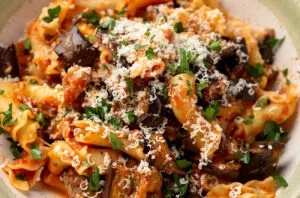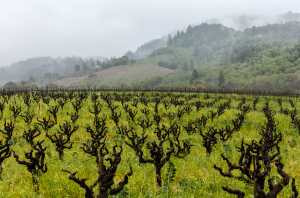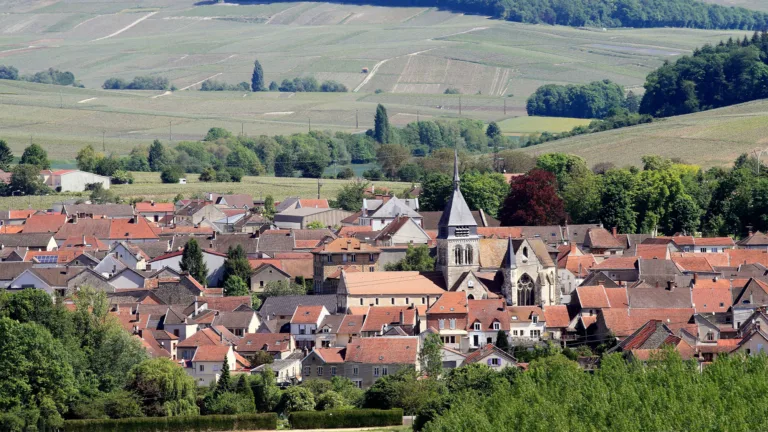No traditional dish is more evocative of the extreme fragmentation of the Italian culinary tradition than pasta. Even more than pizza, which only became widespread across the entire nation in the second half of the 20th century, pasta stands as an emblem of the country, with recipes varying from town to town.
Made with durum wheat flour, water and egg yolk if it’s all’uovo (fresh instead of dried), pasta is easy to cook, immediately satisfying and extremely affordable – hence its global success. It possesses little flavour on its own, yet the carbohydrate-derived sweetness counterbalances or complements the acidity, bitterness or savouriness of almost any ingredient.
According to a survey conducted by Unione Italiana Food, over 300 different types of pasta are currently available on the market. While spaghetti, fusilli, farfalle and penne rank among the most popular worldwide, some shapes are associated with specific regions: for instance, paccheri are synonymous with Campania; trofie and trenette are typical of Liguria; and you can’t leave Tuscany without having savoured a bowl of pici.
The origins of pasta
The Etruscans ate fried strips of pasta, but pasta as we know it today was introduced by the Arabs who conquered Sicily in the 10th century and invented the process of drying it. Dried pasta subsequently became common in coastal areas of southern Italy and Liguria but in inland areas, eating pasta all’uovo was the norm until the 1950s.
Technology has made it easier to produce dry pasta anywhere, so high quality producers are






